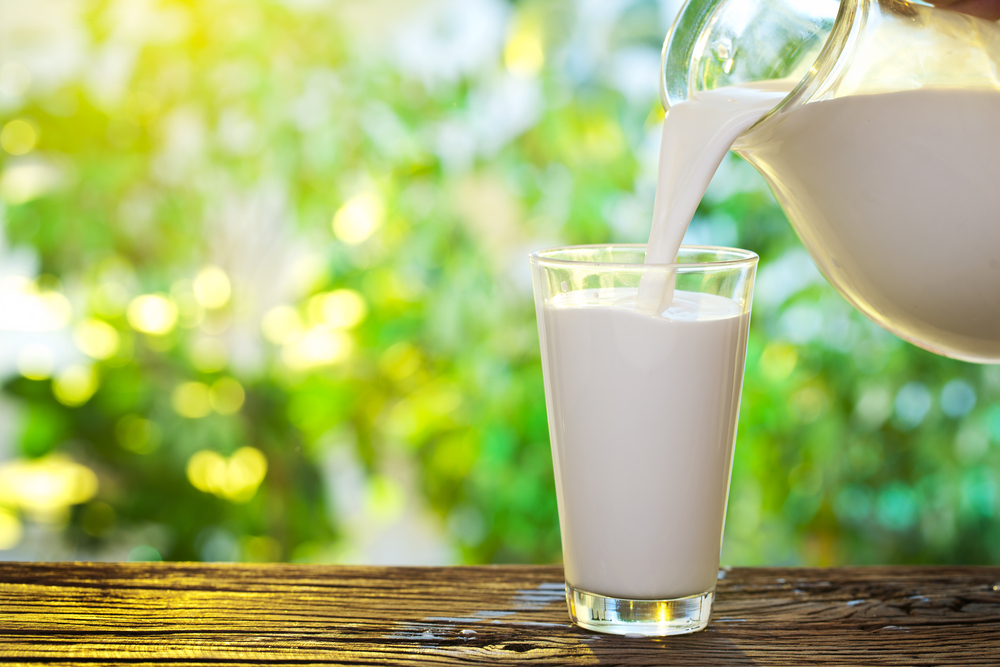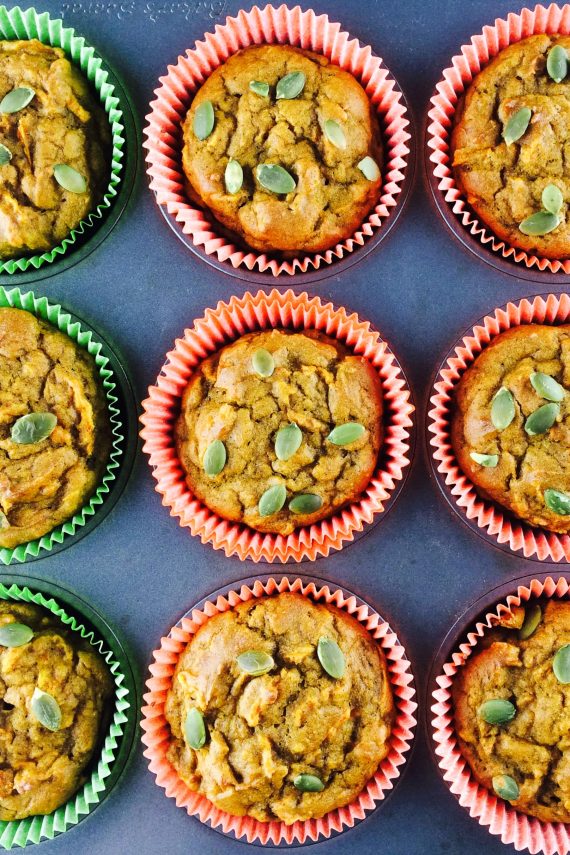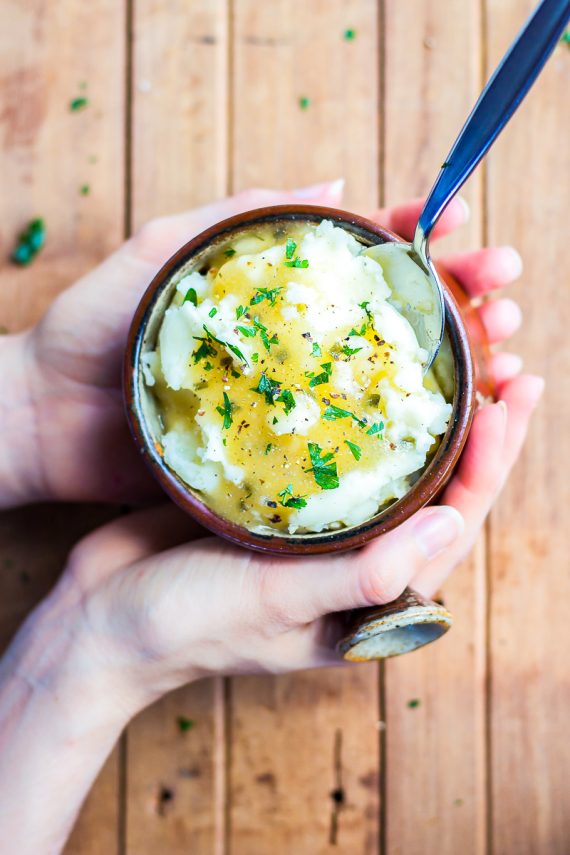The FODMAP diet is a restrictive diet so it’s normal to feel concerned about not getting enough calcium while on the low FODMAP diet. This article is going to explain why calcium is important, and provide you with strategies to help ensure that you are getting enough calcium while on the low FODMAP diet. A list of low FODMAP calcium containing foods is provided at the end of the article.
What is calcium & why is it important?
Calcium is a mineral that helps us maintain strong bones and teeth (1 2). Calcium is also needed to keep our muscles working and our hearts functioning properly (1 2). When calcium intake decreases our bodies become at risk of developing osteoporosis. Osteoporosis is a condition where our bones become weak due to loss of calcium, which can lead to the bones fracturing or breaking (1 2).
Maintaining good calcium levels is always important and it’s good to remember that bone strength and density does vary through the course of our lives. According to NZ Nutrition Foundation “Bone mass increases by about sevenfold from birth to puberty, threefold during adolescence, and then remains stable until about age 50 in men and until the menopause in women” (2). This means our calcium intake needs can vary depending on what life stage we are in:
- Young children and teenagers need more calcium to help them develop and strengthen their growing bones
- Young women (between the ages of 14 to 18) who are pregnant and breastfeeding need more calcium to help support their own bone growth, and those of their babies
- Women after menopause and men over 70 need extra calcium to help them maintain their bone density.
(NIH, 2013; NZ Nutrition Foundation, 2014)
How much calcium do we need?
|
Age (years)
|
RDI* Calcium (mg/day) |
|
|---|---|---|
| Infants and Toddlers | 1-3 | 500 |
| Children | 4-8 | 700 |
| 9-11 | 1000 | |
| 12-18 | 1300 | |
| Men | 19-70 | 1000 |
| Over 70 | 1300 | |
| Women | 19-50 | 1000 |
| Over 51 | 1300 | |
| Pregnant & Breastfeeding Women | 14-18 | 1300 |
| 19-50 | 1000 |
*RDI = Recommended Daily Intake
(Source: NZ Nutrition Foundation)
Which foods contain calcium?
Dairy products are the richest sources of calcium (2). Normal dairy products like milk, yoghurt and ice-cream are high FODMAP as they contain lactose (one of the FODMAP sugars). However, lactose-free products are safe on the low FODMAP diet. This means that if you are on the low FODMAP diet you should try to eat lactose-free milk and yoghurt, as well as low FODMAP cheeses. There are also a number of non-dairy calcium sources like; fortified almond and soy milks, tofu, tinned fish, some nuts (like almonds), sesame seeds, and broccoli (2 4). Make sure you choose a low FODMAP soy milk made from soy protein. For an extensive list of calcium sources see the table below.
According to Australian based dietitian Joanna Baker (APD), “if you choose to replace cows milk with an alternative plant based milk, look for something that is nutritionally similar in terms of calcium and protein. Good nutritional benchmarks to look for are 120mg of calcium per 100ml serve, and 3g of protein per 100ml serve (you can find this info in the nutrition label). If you are concerned, it’s best to discuss your calcium needs with your dietitian.”
It is also important to note that some foods high in calcium like spinach, rhubarb, seeds and nuts also contain oxalic or phytic acid, which reduces the amount of calcium that can be used by the body (2 4).
How much do we need to eat to get enough calcium?
The NZ Nutrition Foundation recommends the following guidelines:
- 2 to 3 servings of dairy products each day will help to meet your calcium needs. (A serve is a cup of lactose free milk, a pottle of lactose free yoghurt, 2 slices of low FODMAP cheese)
- Choose low or reduced fat dairy products, which contain as much calcium as other varieties, but less fat.
- If you avoid dairy foods, choose a variety of other calcium-containing foods (see table below for a low FODMAP list)
(NZ Nutrition Foundation, 2014)
It is important to note that while a calcium supplement might feel like an easy way to get the calcium your body needs, some research indicates that people who consume high amounts of calcium, particularly from supplements, might have an increased risk of heart disease (4). More research is needed in this area. This means that it is best to get your calcium from food sources, if possible.
Are you ready to take control of your gut symptoms?
No thanks, my gut is perfect.
Article continues below
Is there anything that enhances or reduces calcium absorption?
Smoking can reduce calcium absorption, as well as consuming too much salt, protein, or caffeine (2).
However, you can boost your calcium absorption by increasing your vitamin D levels (2 4 5). Vitamin D is found in the flesh of fatty fish (such as salmon, tuna, and mackerel) and fish liver oils (5). It is also fortified into some processed foods and you can take supplements containing vitamin D (5).
What are the sources of Calcium?
Overall, maintaining healthy calcium levels should not be an issue on the low FODMAP diet providing you eat a variety of high calcium foods from the list compiled below:
| Food | Low FODMAP Serving Size | Calcium (mg) |
|---|---|---|
| Dairy & Soy | ||
| Lactose free milk (full or reduced fat) | 1 cup 250ml | 310 |
| Lactose free yoghurt | 1 pottle (150g or 5.3oz) | 195 |
| Swiss, goat, low fat cheddar, mozzarella | 50 g (1½ oz) | 396-506 |
| Processed cheese slices (swiss, cheddar, low fat swiss or cheddar) | 50 g (1½ oz) | 276-386 |
| Cheddar, colby, mozzarella, | 50 g (1½ oz) | 252-366 |
| Cottage cheese | 4 tablespoons (36g or 1.27oz) | 36-54 |
| Ricotta cheese | 2 tablespoons (40g or 1.4oz) | 67-89 |
| Soy milk calcium fortified | 1 cup (250ml) | 286 |
| Meat & Alternatives | ||
| Tofu, firm, calcium set | 113g (4 oz) | 250-750 |
| Tofu, soft regular | 113g (4 oz) | 120 -390 |
| Mackerel, canned | 8g (3 oz) | 250 |
| Salmon, canned, with bones | 85g (3 oz) | 170 -210 |
| Sardines | 85g (3 oz) | 370 |
| Nuts & Seeds | ||
| Almonds | 10 almonds | 30 |
| Brazil nuts | 10 brazil nuts | 68 |
| Sesame seeds | 1 tablespoon (9g) | 88 |
| Vegetables | ||
| Arugula (rocket), raw | 1 cup | 125 |
| Bok Choy, raw | 1 cup | 40 |
| Broccoli | ½ cup (50g) | 20 |
| Chard or Okra, cooked | 1 cup | 100 |
| Collard greens | 1 cup | 50 |
| Kale, raw | 1 cup | 55 |
| Spinach, raw | 1 cup | 29 |
(Source: Dietitians of Canada, 2014; NZ Nutrition Foundation, 2014; UCSF, 2015)
Final Thoughts
I find the best way to make sure I get enough calcium every day is to schedule snacks and meals that contain foods with high calcium sources. Now that you know what foods to look out for have fun cooking!
Image credit: Valentyn Volkov/Shutterstock












Leave a Reply